Scotland (1) Inventions
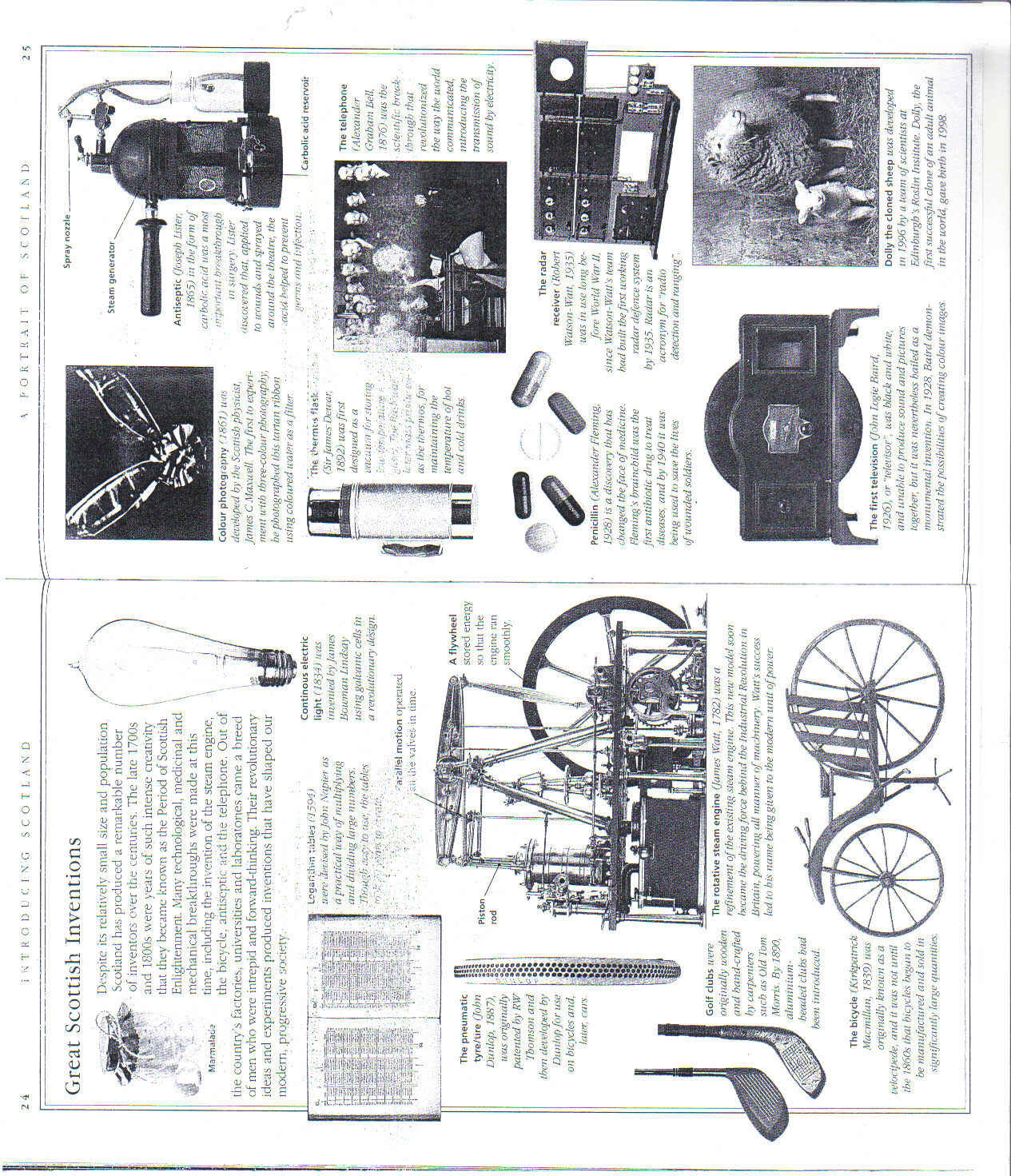
Despite iLs relatively smali size and population Scotland has produced a remarkable number of inventors ovtr the centuries. The late 1700s and ISOOs were years of such intense creamiry tliat they became known as the Period of Scottish Enlightenment. Many technological, medicinal and mechanical breaktliroughs were madę at this time, including the invention of the steam engmc, the bicycle. ahtiśeptic and the telephone. Out of the country s faecories. universities and laboratones came a breed of men who were intrepid and forward-thinking. Their revolutionaiy ideas and experiments produced inyentions tliat have sliaped our modern. prbgressive soćiety

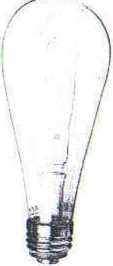
UŃjartjj-jin tabiea (1594 i were feiised hyjohn Mapier as dpmctićal u ay of miilliplying and dwiding large numbers. IbOujd; to usc, the Utbles td.'-k • ■'/TOK r
Continous electric light (1834) n as inuented by James Bauman Lindsay usitig galeonie cells in a rwokilionary design.
arijlfel niotion operaied ii che v,ł|ve& in time.
The pneumatic tyre/\ire (John Diinlop, 1887), was originaUy patented by R\V ‘Thomson and then deeehped by Dunlop for usc on bicycles and: kuer, cars
Piston
rod
A flywheel
scored energy so ilnu rhe engine ran smoothly.
I Golf dubs were I oiiginally woaden I and band-crafted I by uaipenters I such as Old Tom I Morris By 1890 ' aluminium-headed clubs bad hecn introduced
The rotative steam engine (James Watt, 1782) was a refińement of tbe exisling steam engine This netu model soon became tbe diiringforce bebind tbelndustrial Rewhdum m Britain, powering all manner of machinery Wdtts success led to bis lianie beinggiuen to tbe modern unit of power
The bicycle (Kirkpathck Macmillan, 1839) was , onginally known asa i wlocipede, and it was not urttil 1 tbe I8d0s thal bicycles Ugan to 1 be manufactured and sold in signijicantly larga puantilias.
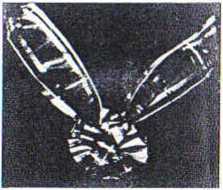
Colour photogiapny /1861 j wat-dćcehped by tbe Scc.tUsb pbysicist, James CMaxuell. The fint tu experi-ment uitb tbree-coten r pbatography, be pbótogrcipbe.d this tartan ribbon tising coloured watnr as a filier
Spray nozzle ____
Steam generator
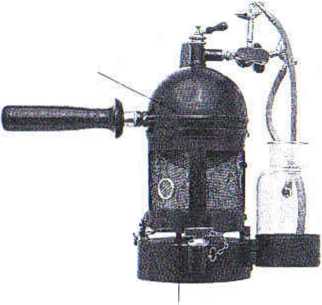
Ltstei
Antiseptic (Joseph L 1865) in the form of
cwbolic ar. id was a most m:p: niani b^-aUtbrcugh m siirgety. Lister mscoettred rhat, applied to wounds and sprayed armtnd tbe theatre, the .ctcid belped to precent germs and infiztion.
I Carbolic acia reservoir
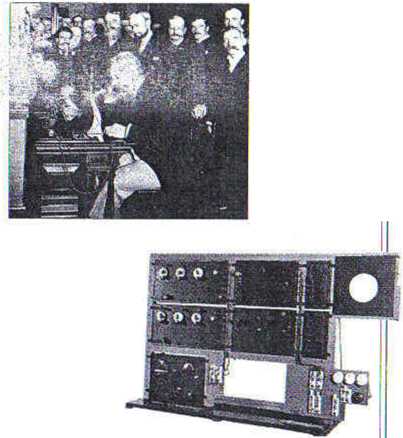
Tne telephone
tAlexander Graham Bell. 1876} was tbe scientific break ihrougb that reuolulionized tbe way the world c.ommumcated. mtroduang me transtnission of soimd by electricily.
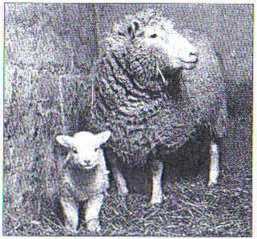
Doiły the cloned sheep was deueloped w 1996 hy a team of scientists at Edinburgh s Kadm Institute. Doiły, the fint successful clone of cm adnll animal in tbe worłd. gaue hirtb m 1998

The iherrm'* fiask
(Sir James Den ar, 1892> was first designed as a ecicuu-n for slonng
■ a wr.ipttizliitg c
as tbe tbtrrmos, for maintainuig the temperaturo of hot and cold drinks
The radar receiver (Robert Waisem - Watt, 19,15) was in use ton# be-fore World War U. sińce Watson- Walt ’$ team bod butir tbefirst working radar de fance system by 19J5. Radar is an acronym for “radio detectton and ranging ~
Penicillin (Ąłexąndir fleming, 1928) is a disconery that bas cbanged tbe face of medicine. Fleming ■$ braincbild was tbe fint antibiotic dntg to treat diseases. and by 1940 it was beutg used to stttMt the Iives uftwunded soldiers.
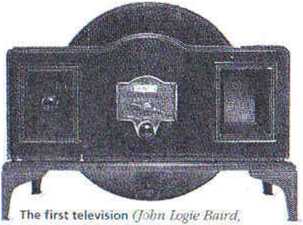
1926), nr "teteuisor': was blach and wbite, and mutble topnklucesoimd andpictures togetber but U was net/ertbeless hctiled as a tripnumental irwenricn. In 1928 Baird ciemon-strated the possibilities uf crealing colour images
Wyszukiwarka
Podobne podstrony:
00105 ?03ace3403aee62d22aac93e4bd4d18 7Economic Control Charts: Relating the Model and Finding the
kryzysy marokańskie (15) 396 □ The Franco-German Duel possiblc to cultivate our relations with Ameri
Eh pH? Figurę 9.1 Pourbaix diagram for iron in relation to Eh and pH (sjjoa) qapH
272 H. Pondel bonate — Free Soils. Part I. Relationship Between Al and Fe Ccntent and Soil Propertie
Processing competency management, that is emphasized to find the optimal relation between costs and
41 1.5.4 Relationship between BMR and Msum Linear regression between residuals of whole BMR and whol
61 Figurę 2.2 Relationship between mass and sex independent BMR and the natural rangę of minimal&nbs
partitę relation: students, bureaucracy, and the working class. Actual-ly, the conflict occurs betwe
“The relation between psychological and nonpsychological faetors is a basie conceptual and
RHETORIC AND CULTURAL TRANSFORMATIONS A reflection on the relationship between rhetoric and cultural
peasant, and other families. Includes discussion of dworce and relations between husbands and wives
Hartmann, Sweden - 8 - But despite a rise in the ąuantity and ąuality of youth edu
convert Convert Options W Generate I and J as Relative Coordinates r Generate I and J Before Other C
Tantalu m Capacitors: Tantalum capacitors pack a large capa city into a relatively smali and tough p
więcej podobnych podstron